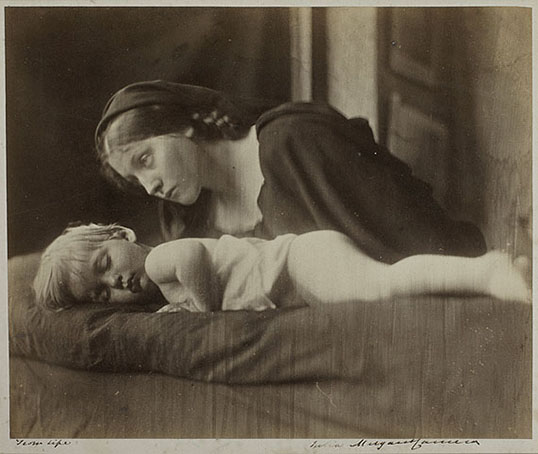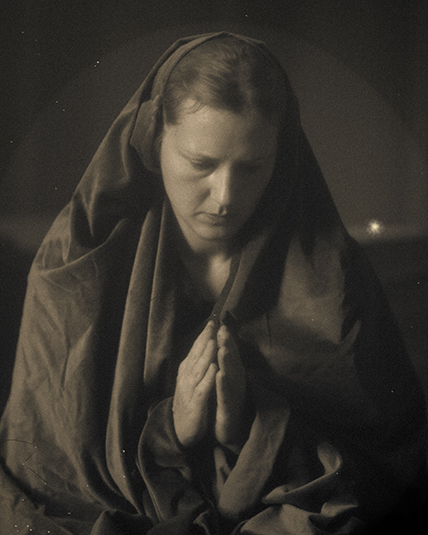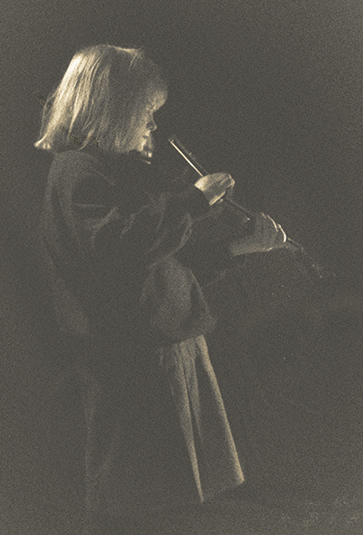The Pictorialists
In the late 19th century Kodak invented the first handheld amateur camera. At that point some photographers tried to distance their art from those snapshots. These artists called themselves Pictorialists. Above all, they did not want to record a straightforward picture but craft a piece of art. Therefore, they manipulated their pictures in labor-intensive printing processes which controlled the final appearance of the image.
Firstly, their film negative would be an ordinary glass plate which could be painted or scratched to alter the image. Secondly they would use typical printing processes like the platinum printing or gum bichromate printing. These involved hand-coating artist papers with emulsions and pigments. These were contact prints on a variety of papers. In turn these could be chemically processed to manipulate the tones or brushed and scratched again.
Mainly between 1885 and 1915 the Pictorialists created their typical images. For instance, they lacked a sharp focus and showed two tones ( warm brown to deep blue) as well as visible brush strokes. Obviously, their prints were unique due to the individual processing. Intriguingly, viewers often mistook them for paintings or drawings.
A modern take on old techniques
I really like that idea of creating or crafting a piece of art. Just take the image as the starting point and then use different techniques and materials to shape it. In this case I have recreated (or been inspired by) a few pictorialist images. To practise my skills, I tried to achieve similar effects in photoshop. Not easy! But it is probably also not as messy and frustrating as the original techniques.
Female photographers that inspire
I took images from two female photographers as inspiration. Curiously, both started their photographic career after they had enjoyed motherhood and raised their children (just like me!).
Gertrude Käsebier (1852 – 1934) was an American photographer. She specialised on portraits of children and motherhood. A nice blog about her, with a very fitting name, is Faded and Blurred.
Julia Margaret Cameron (1815-1879) is probably much wider known than Gertrude Käsebier. Luckily enough, I visited two major exhibitions about her work in London this year (in the Science Museum and V&A).
Cameron took portraits of family and friends. But, partly due to her being a devout Christian, she also staged biblical, historical and allegorical stories. For this she employed her maids and children of neighbours. For example, she depicted children in typical Victorian appearance as angelic and androgynous. By this she idolised their innocence. One of her favourite models was her niece Julia. Interestingly, Julia had four children, one of which was the writer Virginia Woolf. Her images might not be to everyone’s taste, and they never have been. However, critics have always acknowledged her for breaking rules, photographic and social. Again, you can find a good article on Faded and Blurred and on artsy, where you can even buy some of her photographs.
The original vs my version




![[Standing Girl with Violin]](https://annikabloch.files.wordpress.com/2016/06/5kasebier1.jpg)

![Elizabeth O'Malley [McFarland]](https://annikabloch.files.wordpress.com/2016/06/7kasebier2.jpg)



Copyright with the original images obviously remains with the respective foundations.
